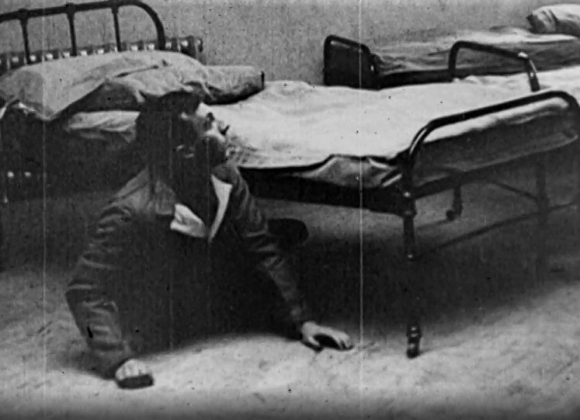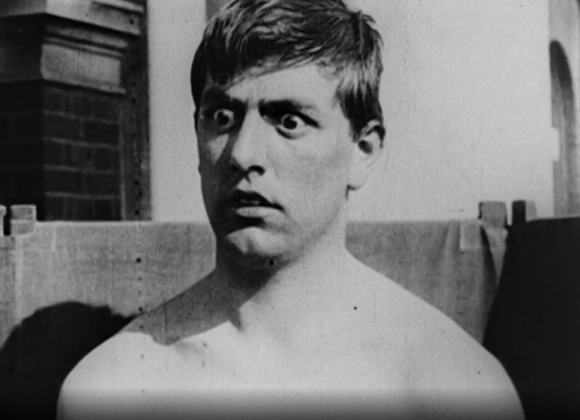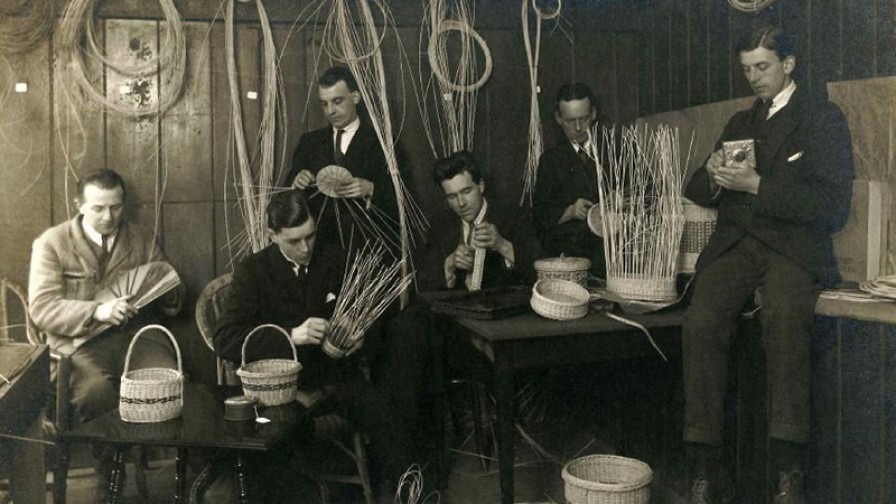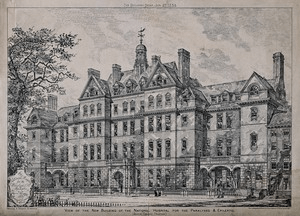Treatment at Home
Treatments for shell shock and other psychological conditions were varied and experimental. At the National Hospital for Paralysed and Epileptic at Queen Square in London, Dr Lewis Yealland used electric shock therapy. He often treated patients with the technique for hours at a time. Charles S. Myers wrote a letter to the Lancet in 1919 stating “such measures are not only needless, but also dangerous”. Other treatments for shell shock included forcing frozen limbs back into the right positions using machines and clamps, solitary confinement, discipline, diets of milk, and hypnotism.


The approach taken by Arthur Hurst at the Royal Victoria Hospital in Netley and Seal Hayne Hospital in Newton Abbott was very different. Hurst took patients out into the countryside and encouraged them to farm. He believed the men should relive their experiences, and even got them to role play scenes from the battlefields of Flanders on Dartmoor. Hurst made films to showcase his techniques. They show patients with severe physical symptoms before and after treatment.
You can watch some of Hurst’s footage on the Wellcome Collection’s website: https://wellcomecollection.org/works/tpbupwp6

The patients at Craiglockhart Hospital produced a magazine called The Hydra. The magazine published hospital news, sports scores, and poems and short stories written by patients. The Hydra gave shell shock patients a voice and provided a form of creative therapy. It was edited for a time by Wilfred Owen and featured some of his writing, as well as war poet Siegfried Sassoon’s.
Visit the Scotland’s War website to find digitised copies of the Hydra: http://www.scotlandswar.co.uk/hydra.html

The Ex-Services Mental Welfare Society was formed in 1918 by a group of women, with Mrs Waddingham as chairman. The Society focused on the recovery and rehabilitation of veterans suffering from psychological trauma. In 1927, they acquired a factory in Leatherhead which made electric blankets, which provided training and employment for their veterans. The society is known today as Combat Stress. It is one of the UK’s leading charities supporting the mental health of veterans.


